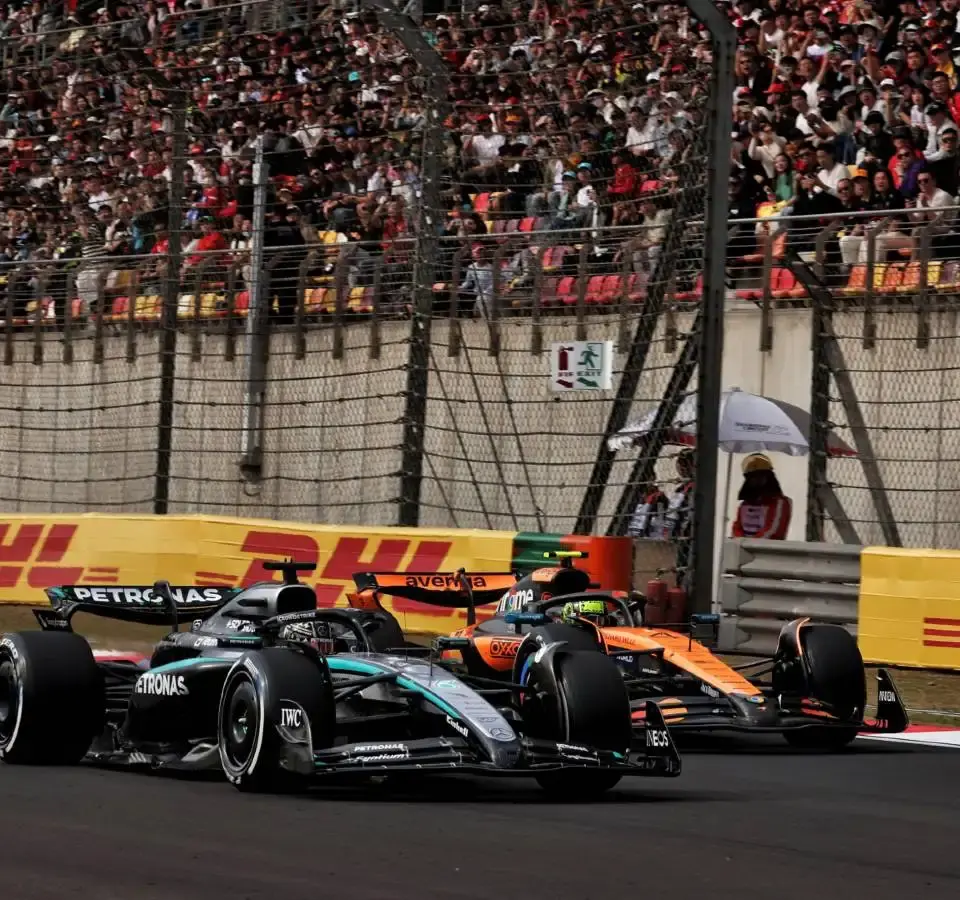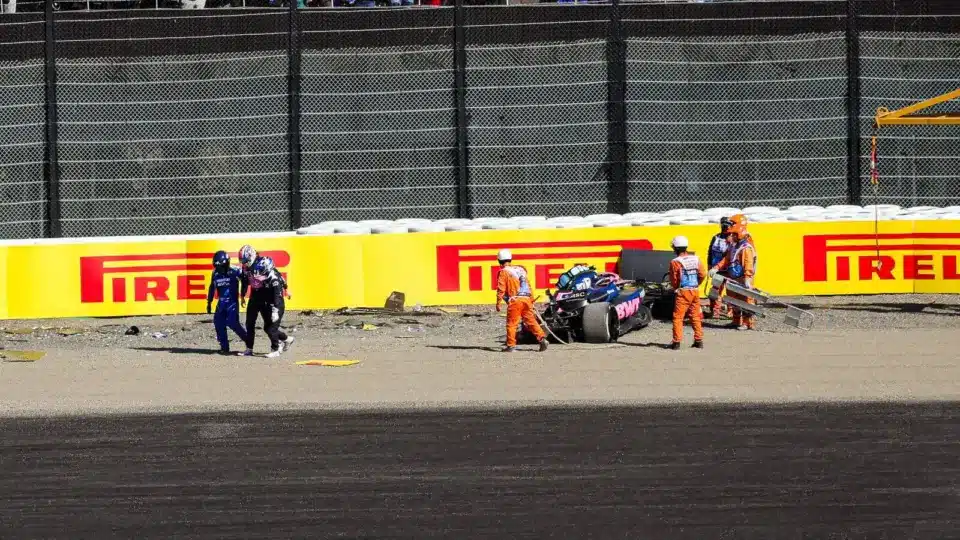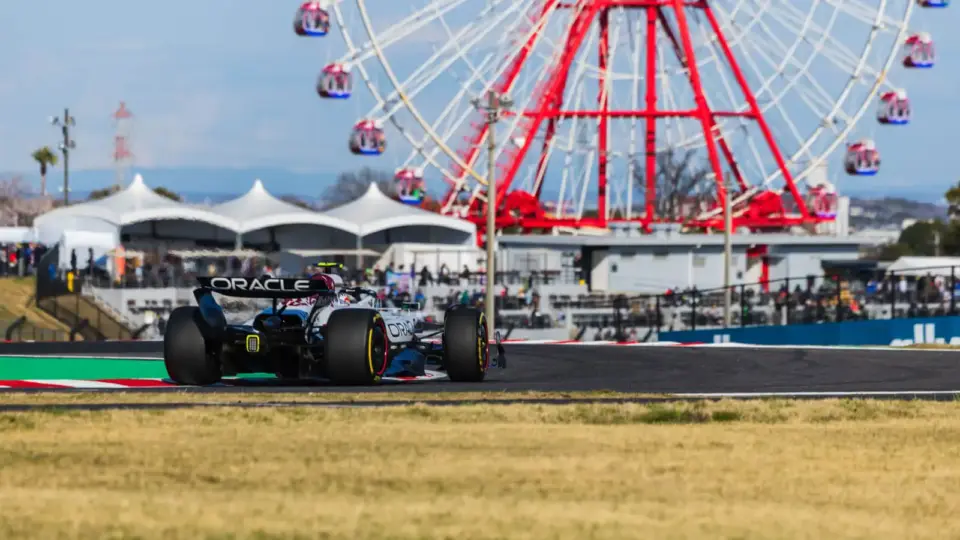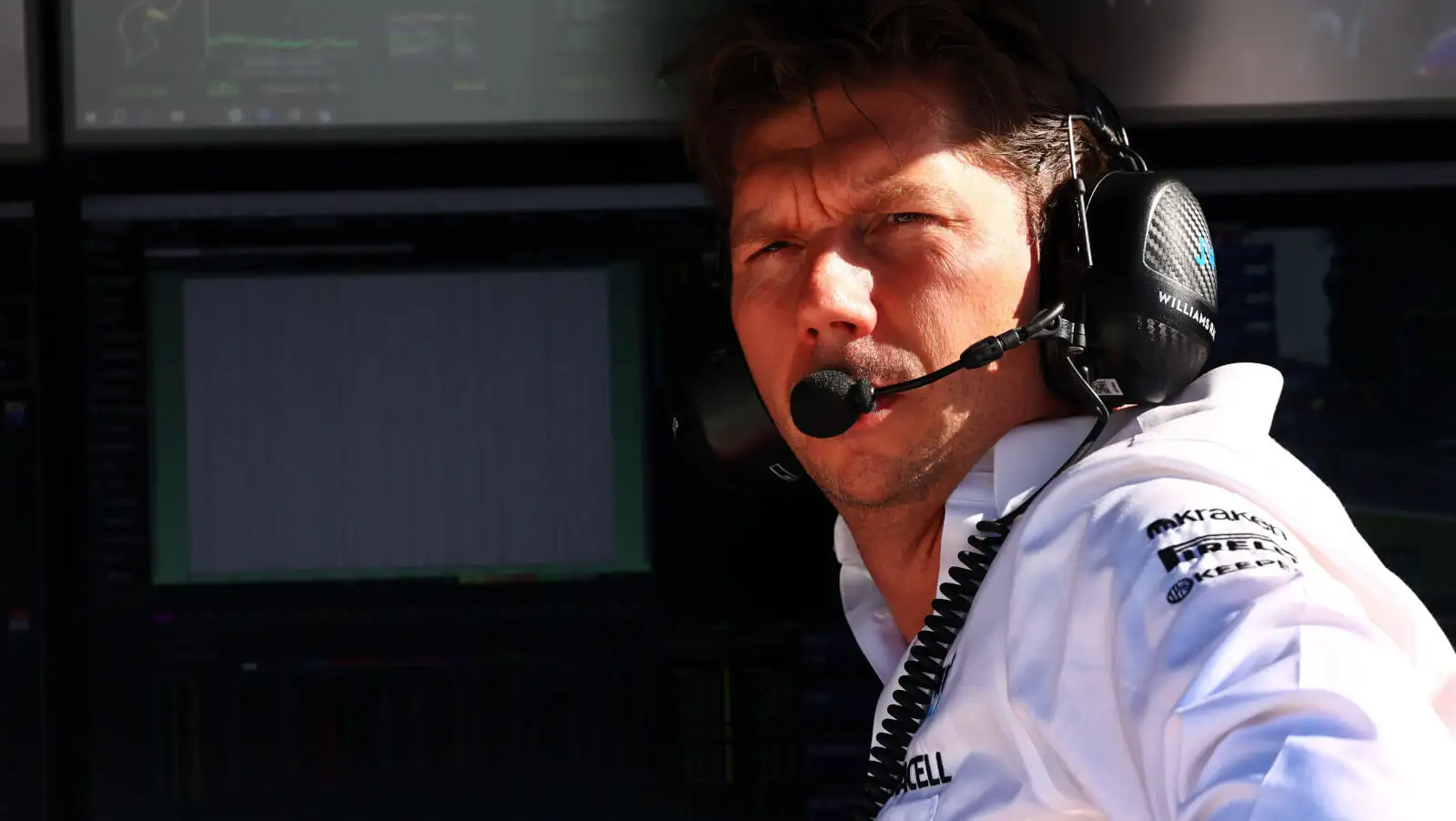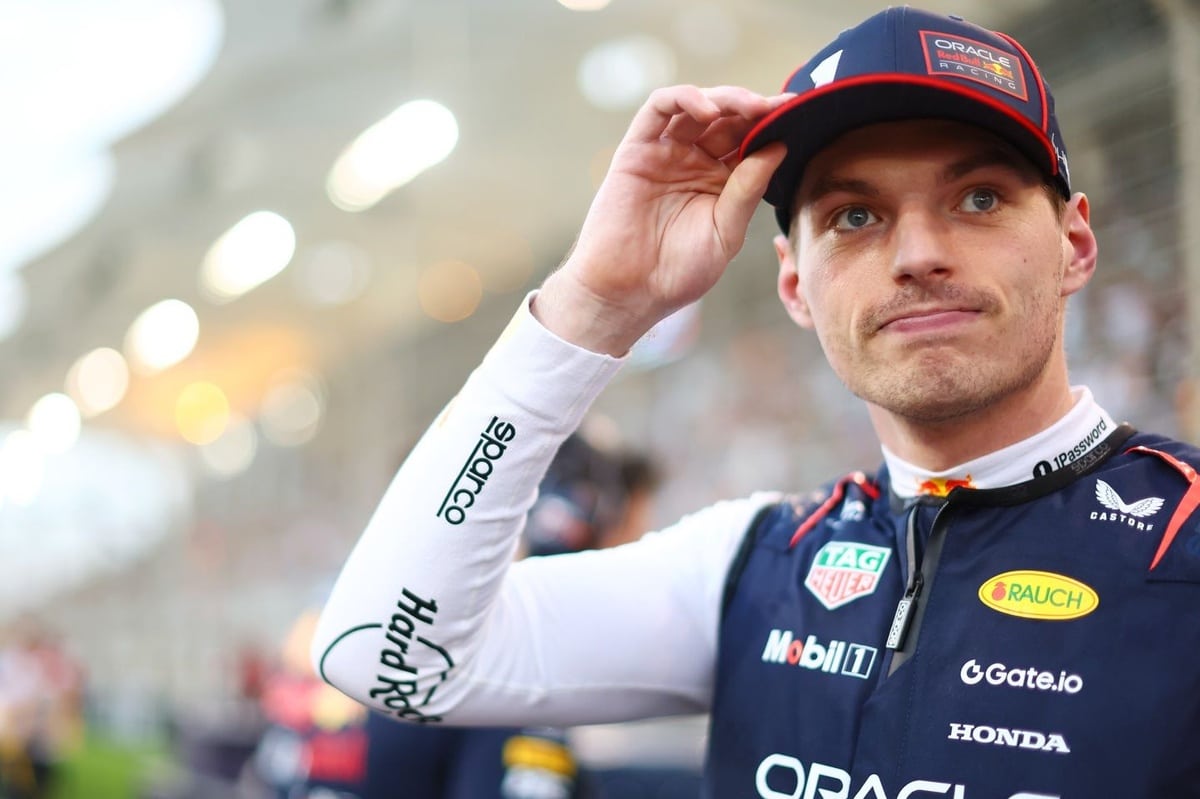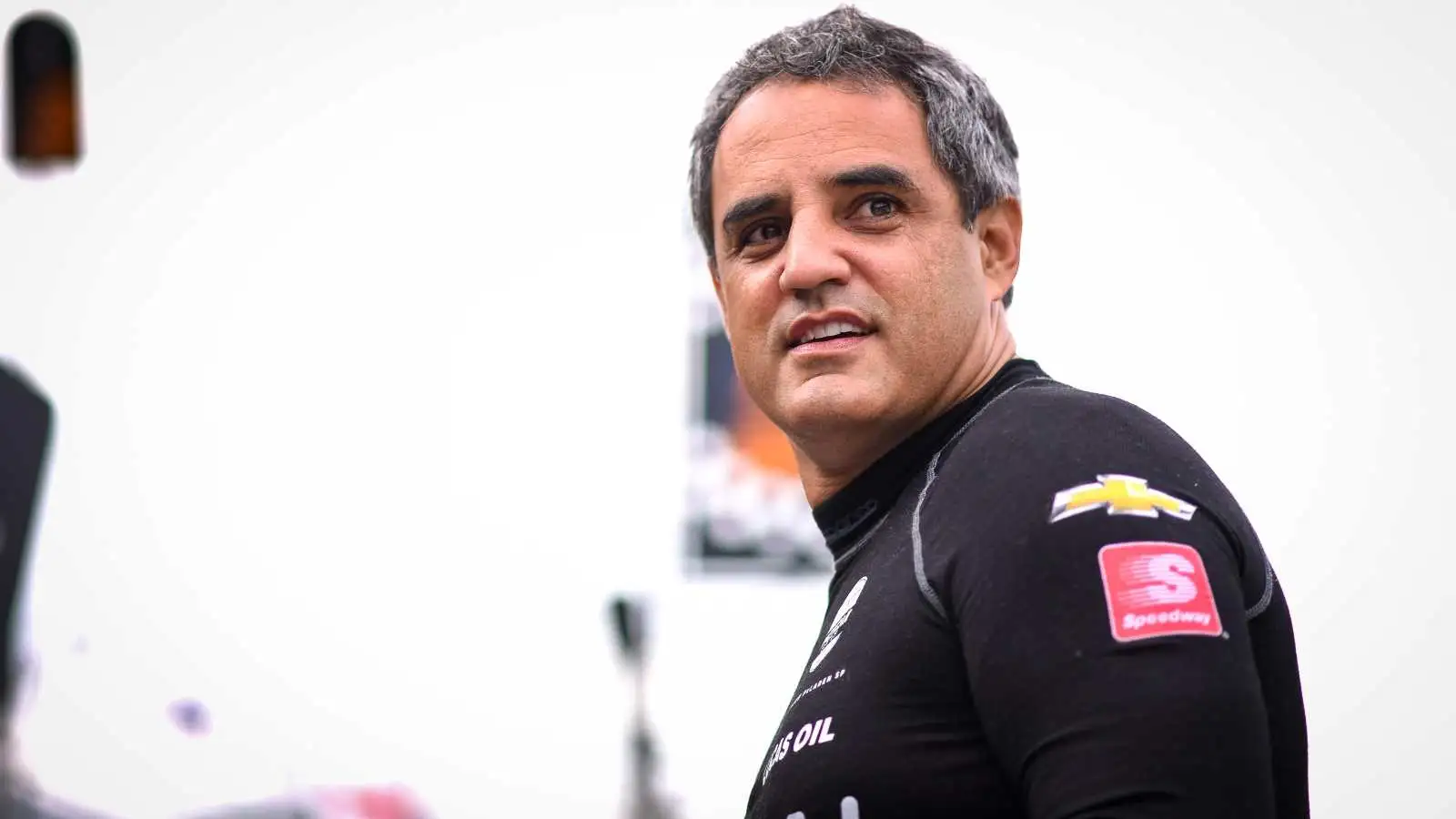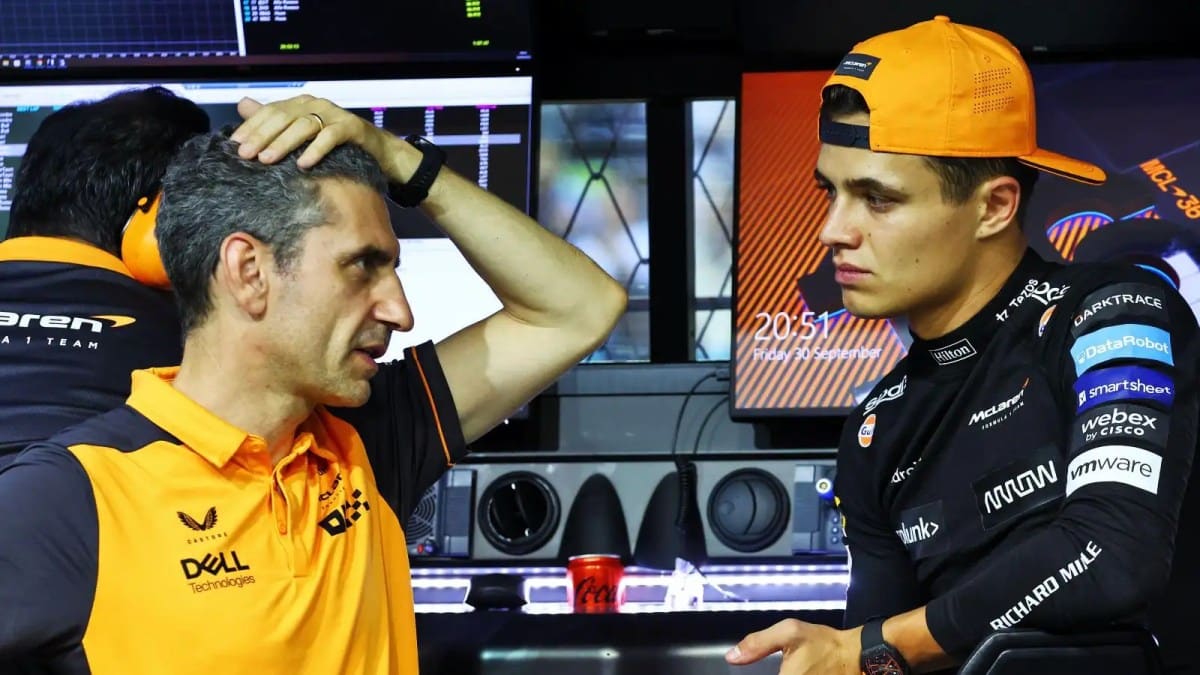The F1 world is buzzing with excitement as Mercedes unveils its W16, a car that promises to eliminate past issues. In the first races of the season, George Russell and Kimi Antonelli have already shown what this beast can do. It’s clear that Mercedes has refined their approach, leading to a ride as smooth as anticipated.
With the ground-effect regulations shaking up the Formula 1 landscape, Mercedes found themselves in uncharted territory. However, the team seems to have cracked the code with the W16. Gone are the unpredictable handling problems, replaced by newfound stability that even fierce competitors like McLaren are noticing. This season, Mercedes is ready to reclaim its throne.
Mercedes has made significant progress in aerodynamics, addressing the challenges posed by the new regulations. The team focused on optimizing airflow, reducing drag and ensuring that the car performs well under various conditions. This has allowed drivers to push the car to its limits without fear of losing control. The W16’s design reflects a balance between speed and control, crucial in high-speed circuits.
The previous seasons were a rollercoaster for Mercedes, mired by the ‘porpoising’ issues. The transition to ground-effect led to a rocky start, with the car bouncing unpredictably under high speed. But with James Allison’s reinstatement as technical director, the team took a fresh direction. The focus was on creating a more predictable car, which has paid off exceptionally this year.
The biggest challenge now lies in catching up to McLaren, who have shown a slight edge. Mercedes acknowledges this gap but is confident in their development process. Andrew Shovlin, Mercedes’ trackside engineering director, noted that the competition translates into a regular development race rather than an overhaul of their design. It’s a test of refinement, not reconstruction.
The Japanese Grand Prix at Suzuka Circuit provided insights but wasn’t the ultimate test. Mercedes’ W16 managed the aerodynamically demanding track well, but expectations are higher for Bahrain. Suzuka, though critical, was a testing ground, with engineers learning from each lap. Bahrain, with its unique demands, will truly test the W16’s versatility and durability.
The W16’s development owes much to the rigorous simulator work during the off-season. Engineers worked tirelessly, ensuring each solution was tailored to identified balance problems. This season’s improved control is a result of that winter work. Shovlin admitted that while the team didn’t discover new insights, they perfected their understanding and execution of known techniques.
Part of creating the W16’s stability came from solving complex problems with elegant solutions. As Shovlin pointed out, understanding the interplay of different car components at various speeds was crucial. Under new regulations, every change had ripple effects. Engineers focused on maintaining control over these variables, ensuring the car remained predictable and tuned across different tracks and conditions.
Bahrain poses the next big test, known for its rear-overheating issues. Here, Mercedes expects to gather crucial data. The team is cautiously optimistic; early signs suggest the W16 is ready to take on the harsher conditions with confidence. Winning at Bahrain would not just be a victory in a race but proof of concept for Mercedes’ year-long efforts.
Mercedes has mastered the art of learning from past mistakes, applying these lessons to the present. George Russell’s past experiences, where solving one issue led to another, underline the complexity of Formula 1 engineering. Now, Mercedes’ strategy includes anticipating these consequences, ensuring not only isolated fixes but holistic improvements.
The journey to perfecting the W16 has been as much about the process as the outcome. Every aspect of the car demands delicate balancing, where improvements in one area shouldn’t disrupt others. For Mercedes, it’s been about foreseeing the chain reaction of changes, emphasizing an approach grounded in stability rather than erratic shifts.
As Mercedes moves to Bahrain, their focus is on maintaining their upward trajectory. The management of tire temperatures and handling could define the race, serving as a bellwether of the W16’s prowess. Successfully navigating Bahrain’s challenges would cement Mercedes’ strategic revitalization, positioning them strongly for the remaining season.
Mercedes’ W16 has charted a hopeful path forward, showcasing the brand’s engineering prowess. With promising races under its belt and Bahrain up next, the team stands poised for new heights. This season may just be the comeback story Mercedes needs, bringing them back to the forefront of F1 glory.
